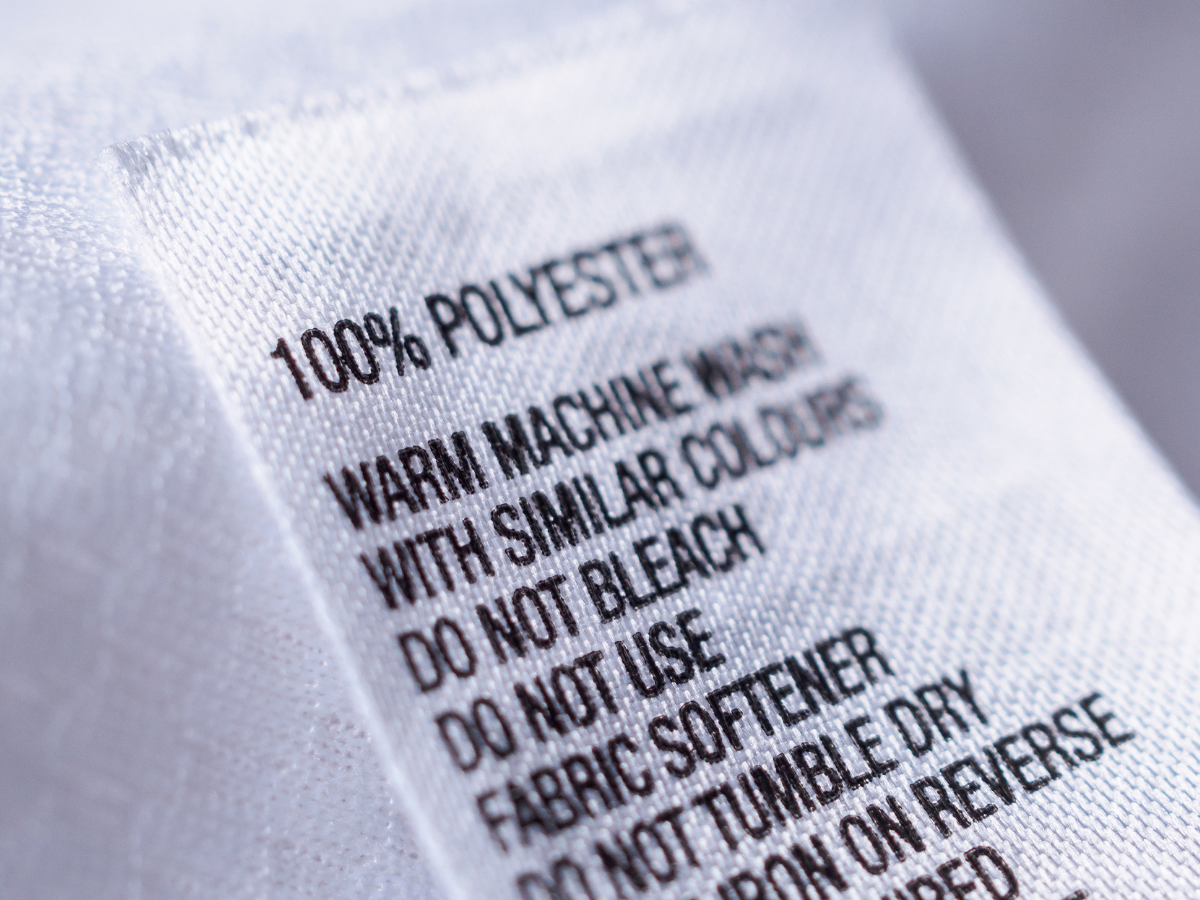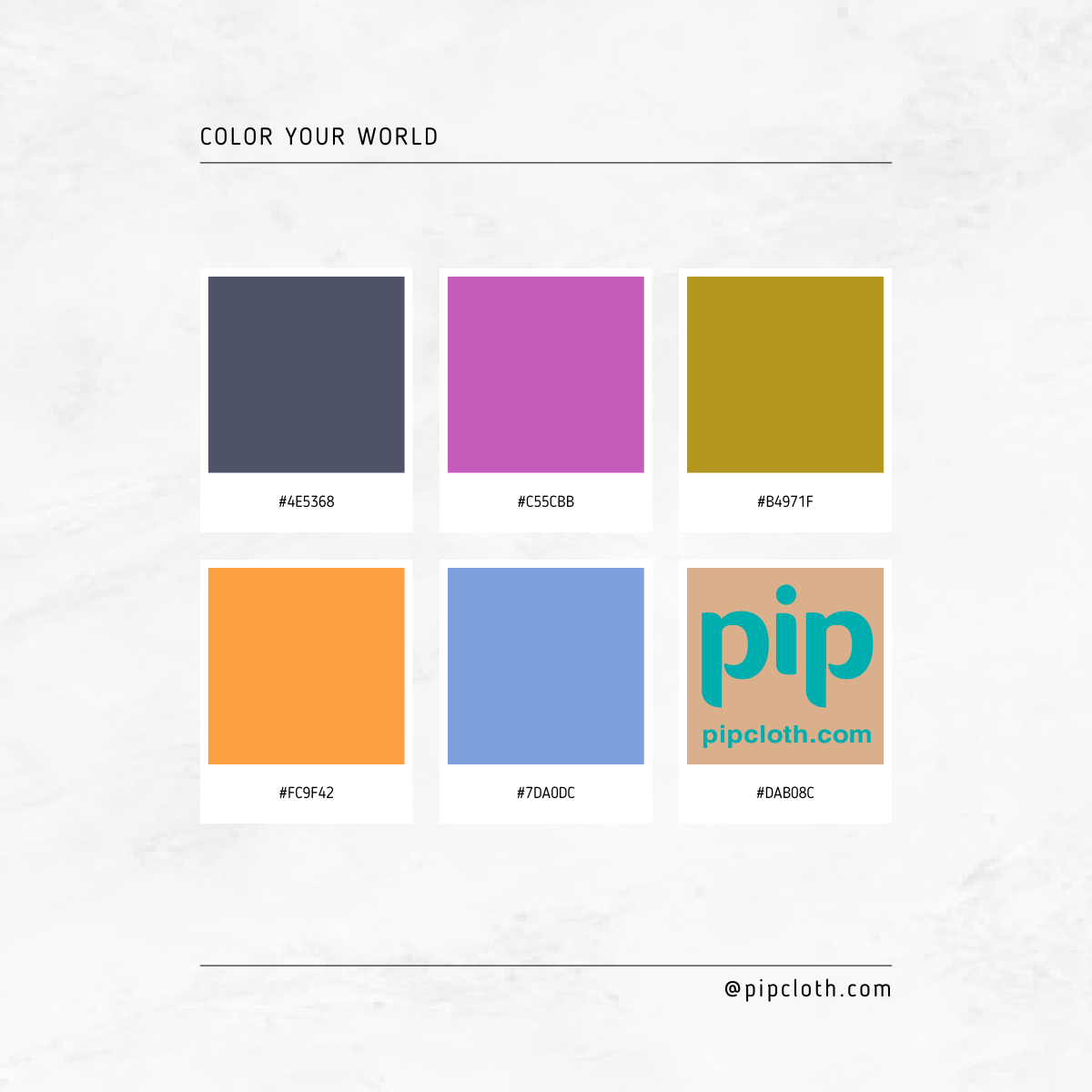Pipcloth.com dives into the fascinating world of clothing materials, exploring the pros and cons of both natural and synthetic fibers. Whether you’re a fashion enthusiast seeking the perfect blend of comfort and style, a conscious consumer prioritizing sustainability, or simply curious about the fabrics that make up your wardrobe, this comprehensive guide has you covered. Discover the unique characteristics of cotton, silk, leather, wool, denim, fleece, polyester, spandex, and more. From breathability and durability to environmental impact, we’ll unravel the complexities of each material to empower you to make informed choices that align with your values and needs.
Natural Fibers
Natural fibers are derived from plants or animals and are known for their breathability, softness, and biodegradability. Let’s take a closer look at some popular natural fibers:
- Cotton is a beloved material known for its breathability, softness, and hypoallergenic properties. It is highly absorbent and biodegradable, making it an eco-friendly choice. However, cotton is prone to wrinkling and shrinkage, and it can retain moisture and be susceptible to stains. Additionally, cotton production often involves the use of pesticides, which can have environmental implications.
- Silk is a luxurious and lightweight material that is hypoallergenic, breathable, and insulating. It offers a smooth and elegant feel, making it a popular choice for high-end clothing. However, silk is delicate and expensive, often requiring dry cleaning. It is also prone to wrinkling and can be sensitive to sunlight.
- Leather is a durable and versatile material that offers a luxurious and comfortable feel. It is low-maintenance and can last for many years with proper care. However, leather is expensive and is an animal-based product, which may raise ethical concerns for some. It is also environmentally impactful and can be sensitive to the elements and cause allergies in some individuals.
- Wool is a durable and insulating material that is excellent at moisture-wicking. It is renewable and biodegradable, making it an eco-friendly choice. However, wool can be expensive and may feel itchy against the skin. It is also prone to moth damage and can be sensitive to alkaline substances. Wool may also experience fuzzing over time.
- Denim is a long-lasting and versatile material that is comfortable and low-maintenance. It is recyclable, making it a more sustainable option. However, denim production is water-intensive, and the dye can bleed during washing. Denim can also be heavy and prone to shrinkage.


Exploring the World of T-Shirt Materials
Other Materials
In addition to the natural fibers mentioned above, there are other materials commonly used in clothing, such as fleece. Fleece is a synthetic material that is warm, lightweight, breathable, quick-drying, and soft. However, it is prone to pilling, can generate static, is flammable, and is not as eco-friendly as natural fibers. Fleece also tends to absorb moisture.
Synthetic Fibers
Synthetic fibers are man-made materials that offer unique properties and benefits. Let’s explore two common synthetic fibers:
- Polyester Polyester is a durable and easy-care material that is moisture-wicking, affordable, and versatile. It is widely used in various clothing items, from activewear to everyday apparel. However, polyester is not as breathable as natural fibers and can be prone to static. It is also not as eco-friendly, as it is derived from petroleum. Polyester can be sensitive to heat and may retain odors.
- Spandex Spandex, also known as elastane, is a stretchy and form-fitting material that provides comfort and flexibility. It is durable and quick-drying, making it ideal for activewear and swimwear. However, spandex is not as breathable as natural fibers and can be sensitive to heat and chlorine. It is also a synthetic material and may be prone to pilling over time.

Understanding the pros and cons of different clothing materials is essential for making informed choices that align with your needs, preferences, and values. Natural fibers offer breathability, softness, and eco-friendliness, while synthetic fibers provide durability, easy care, and specific performance features.
When selecting clothing items, consider factors such as comfort, durability, maintenance requirements, and environmental impact. By familiarizing yourself with the characteristics of various materials, you can make well-informed decisions and build a wardrobe that meets your needs and reflects your personal style.
Remember, each material has its own unique properties, and the best choice will depend on your specific requirements and the intended use of the clothing item. Whether you prefer natural fibers or synthetic materials, understanding their strengths and limitations will help you make the most of your clothing choices.





